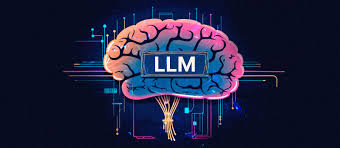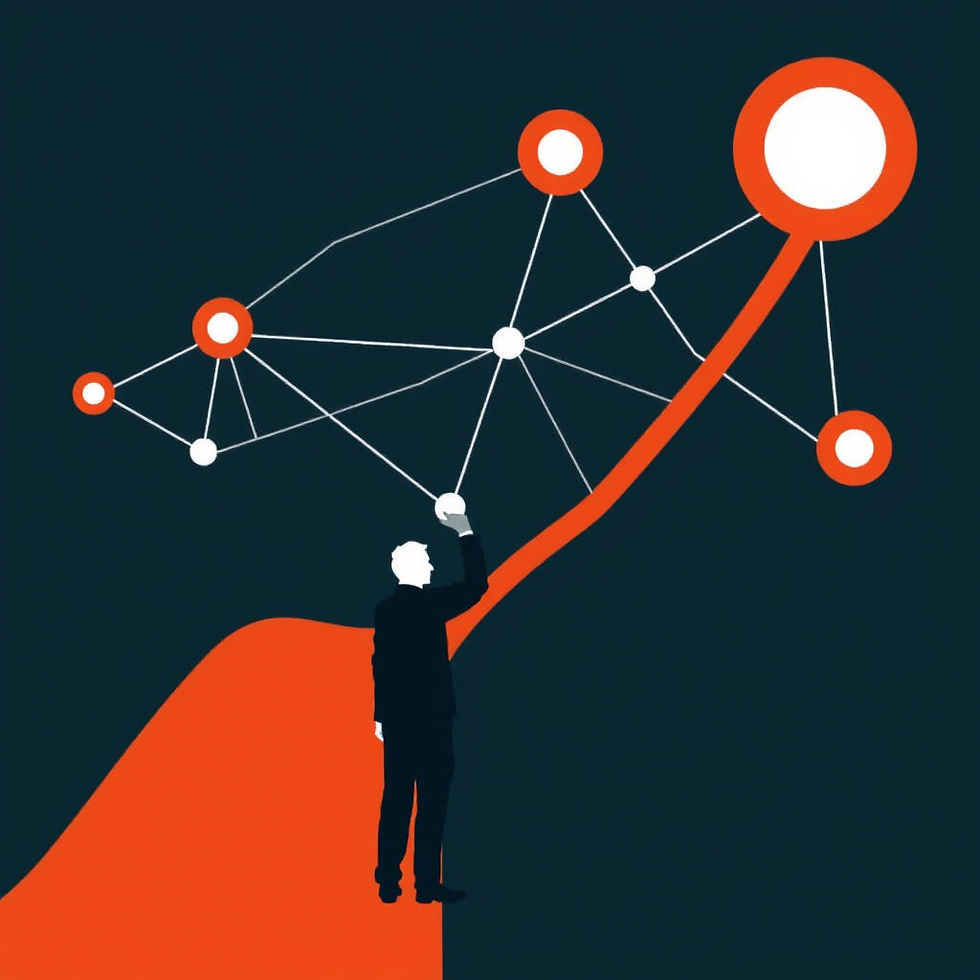Lesson 1: Generative AI & LLMs – The New Cognitive Infrastructure of Business
- Yadnesh Khairnar
- Jun 17
- 3 min read

“AI will not replace humans. But humans using AI will replace those who don’t.”
We’ve entered a new phase of business transformation. It’s no longer about faster tools or automation. It’s about cognitive augmentation—building systems that think and reason alongside you.
This is the beginning of Applied AI for Venturists, a learning series that merges frontier AI with real-world execution. In this first lesson, we unpack the fundamentals: What is Generative AI? What makes LLMs different? And why does it matter for the next generation of builders?
Part I – What Is Generative AI?
Unlike traditional software, which executes logic-based instructions, Generative AI creates.
Whether it’s generating text, synthesizing code, composing images, or even producing strategy drafts—Generative AI models learn from massive datasets and can improvise based on context.
Think of it as your hyper-intelligent teammate—capable of brainstorming, prototyping, analyzing, and adapting with you.
Key Insight: Generative AI doesn’t just automate—it augments. It expands your strategic cognition, creative fluency, and execution speed.
Part II – What Are LLMs?
At the heart of Generative AI are Large Language Models (LLMs)—systems like GPT-4, Claude, Gemini, and LLaMA. These aren’t mere text predictors. They are differentiable reasoning engines, capable of simulation, analogy, abstraction, and multi-modal synthesis.
Some real capabilities include:
Reasoning: From business logic to abstract deduction
Summarization: Compressing complex data into actionable insight
Content Creation: Legal, product, marketing, operational text
Semantic Navigation: Reading PDFs, websites, transcripts
Code Generation: Writing scripts, connectors, scaffolds
Conversational Interfaces: Multilingual, context-aware dialogue
Part III – Reimagining Business Intelligence
LLMs are not a feature—they are a leverage layer.
They don’t just digitize existing work like traditional SaaS. They redefine the nature of work itself.
Function | Legacy Method | LLM-Powered Evolution |
Strategy | Manual analysis | Autonomous Opportunity Radar agents |
Customer Support | Rule-based chatbots | Reasoning triage agents |
Product Dev | Jira tickets & sprints | PRD + validation agents |
Compliance | Rule matchers | Risk summarization & context agents |
Sales | Cold outreach | Personalized ICP agents with real-time updates |
Part IV – Industry Intelligence in Action
LLMs are already transforming how entire sectors operate. Here’s what’s happening at the edge:
Retail
Personalized product copy at scale
Smart customer service with policy-based agents
Forecasting demand from sentiment patterns
Healthcare
AI-powered medical scribes
Patient-friendly diagnostic explanations
Claims automation and anomaly detection
Finance
NLG-powered portfolio updates
Compliance drafting & red-flag detection
Deep behavioral fraud detection
Startups
Go-to-market optimization agents
Automated pitch deck generation
Strategy simulation through user & competitor models
These are not future fantasies—they are active workflows built with Stormwing’s Applied Intelligence Stack.
Part V – Anatomy of an LLM System
To design or deploy these systems, we must understand their core components:
Model – GPT-4, Claude, LLaMA, etc.
Instruction – Prompts or fine-tuned objectives
Toolset – APIs, databases, integrations
Memory/Context – Logs, history, persistent state
Evaluator – Human or auto feedback loop
This modular architecture enables agents—intelligent systems that can navigate tools, data, and decisions in a reasoning loop.
Why This Matters for Venturists
At Yad-Venturist, we define a Venturist as someone who builds systems of leverage—not just features.
It’s not enough to use ChatGPT or Midjourney. The real edge comes from architecting agents that scale your decisions, augment your cognition, and compound your execution.
Generative AI is the new electricity.Those who master it—like Stanford engineers mastered microprocessors—will define the next wave of global ventures.
What’s Next?
In Lesson 2, we dive deeper into the AI Agent paradigm—how to go beyond chatbots and create strategic, self-directed digital teammates that build with you.
Subscribe or follow to join the Applied AI journey—and become the kind of builder the future respects.
#Venturist #AI #GenerativeAI #LLM #StartupIntelligence #ProductExecution #Stormwing #FutureOfWork #AppliedAI #YadVenturist

Comments